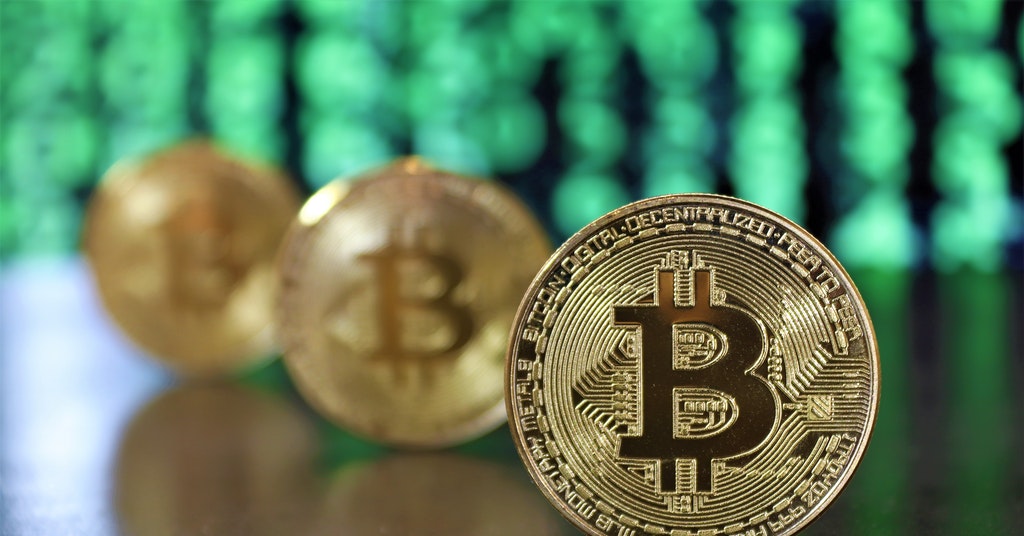
Jean Nichols
Author
Bitcoin is a digital currency with fascinating characteristics such as anonymity, decentralization, irreversible transactions, and many more. According to Bitcoin’s white paper, the inventor of Bitcoin is Satoshi Nakamoto.
However, there are no clear facts regarding the identity of Bitcoin’s inventor. Nick Szabo, the inventor of smart contracts, is also speculated to be the inventor of Bitcoin. Bitcoin is one of the most popular cryptocurrencies as the store value of Bitcoin, in contrast to any other possible altcoin, is much more.
The fact that might amaze you second leading cryptocurrency, Ethereum is not close to Bitcoin when storing value and market cap. However, there are ample reasons why Bitcoin is the utmost valuable cryptocurrency of all time. One of the prominent reasons behind this is decentralization and the early arrival of Bitcoin in the marketplace.
Two technologies help Bitcoin achieve the decentralization aspects; the foremost one is blockchain and the second one is a peer-to-peer network. The online trading bot might help you to understand this better. Despite such vital roles in the Bitcoin complex, many people are unfamiliar with their existence.
Let’s find out everything you should know about peer-to-peer networks and blockchain and how blockchain and peer-to-peer networks help Bitcoin in achieving decentralization.

What is a peer-to-peer network and blockchain in terms of Bitcoin? Source: pexels.com
Fundamentals of Bitcoin
Before understanding the core notion of peer-to-peer networks and a blockchain, you should know what Bitcoin is. Bitcoin is the utmost fascinating cryptocurrency as well as trading instrument and investment asset. People are making millions of dollars just from mining Bitcoin units by sitting at their homes.
However, Satoshi Nakamoto, the inventor of Bitcoin, did not invent Bitcoin as a source of income. Satoshi Nakamoto merely generated Bitcoin to make transactions between the sender and receiver super easy without the involvement of government authorities. The undeniably high store value of Bitcoin was one of the prominent features which made Bitcoin exceedingly popular.
However, bear in mind that Bitcoin acquired store value merely due to the decentralization features of Bitcoin. Bitcoin was the first-ever decentralized currency with a complete peer-to-peer network. Every other digital currency before Bitcoin was accessible as of Bitcoin and had a partial peer-to-peer network.
Peer-to-peer network
P2P complex in terms of Bitcoin refers to a system of entities that ensures decentralized interaction between the sender and receiver. Peer to peer network of the Bitcoin complex has a massive set of entities. These entities or computing capital are correspondingly popular as nodes. There are almost 10000 nodes in the Bitcoin complex. These nodes are collectively responsible for maintaining the Bitcoin complex.
No single node can decide in the Bitcoin network, and if a node stops working, the network will continue to perform its work. Peer peer network agrees to the mechanism of the Bitcoin complex. All the more, every node of the peer network has a copy of the blockchain. Since Bitcoin has its own set of entities to validate the transactions and cross-check facts, Bitcoin can efficiently achieve decentralization.
Blockchain
Blockchain is a public distributed ledger underlying distributed ledger technology. You are familiar with the fact that ledger is a common term famous for referring to a database storing facts and numbers.
The public distributed ledger or blockchain stores information regarding Bitcoin transactions. Just like every other aspect of the Bitcoin network, blockchain is correspondingly a decentralized progression. Bitcoin miners verify every possible transaction of the Bitcoin complex and compile these transactions in a block and render the block to the blockchain.
Bitcoin miners have to solve a math puzzle 10 minutes earlier than another miner to validate these transactions. Therefore, Bitcoin miners have to involve robust computing rigs and Bitcoin mining hardware to perform Bitcoin mining as the potential of this computer is much high in contrast to low processing computing capital. The utmost robust Bitcoin mining rig is popular as application-specific integrated circuits.
After solving the math puzzle, Bitcoin miners avail a block reward in the form of Bitcoin and transaction cost of all the transactions which Bitcoin miners verify in 10 minutes. Bitcoin miners sell the block reward using a trustable exchange, and this is how the Bitcoin complex achieves decentralization without any government authorities.
SEE ALSO:









